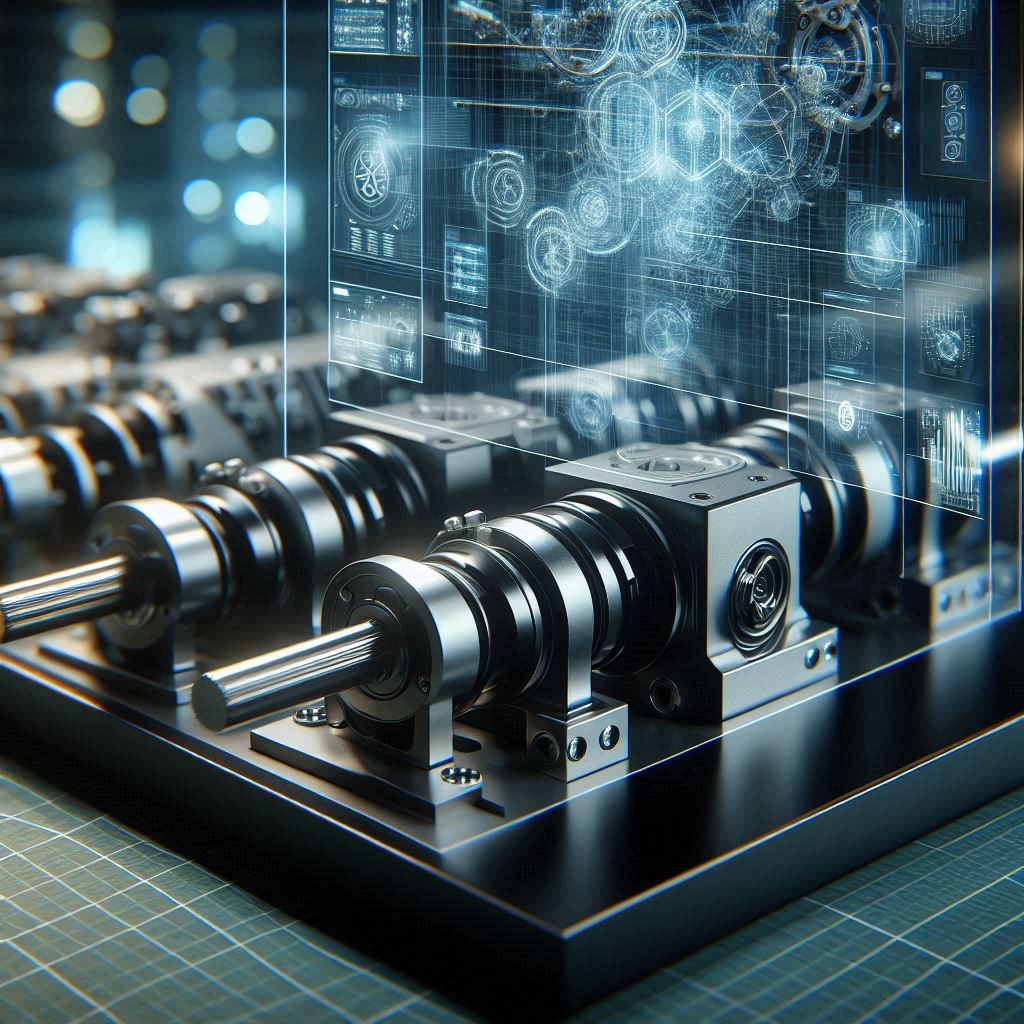(Understanding the Brain Behind Electric Actuators)
Linear actuators, especially those powered by linear electric motors, have revolutionized industries requiring ultra-precise motion control—from semiconductor manufacturing to robotic surgery. But how do these devices achieve micron-level accuracy? The secret lies not just in their mechanical design but in the intelligent algorithms running inside their servo drives. Let’s break down the “smart brain” behind these systems.
1. Adaptive Feedforward Control: Smarter Than Just "Predicting" the Future
Imagine driving a high-speed train: if you wait until you see a curve to hit the brakes, inertia will inevitably cause derailment. Traditional motor control works like "reactive driving," while adaptive feedforward algorithms act as an autonomous driving system with full environmental awareness. It doesn’t just know the curve’s radius—it also factors in real-time data like the train’s weight, wheel-rail friction, and even wind speed to pre-calculate braking force and steering angles.
In high acceleration linear motors, this algorithm’s core function is to predict the exact thrust needed in the next millisecond by analyzing historical motion data (e.g., acceleration curves, load variations) and physical models (electromagnetic force equations, mass distribution). For example, in semiconductor lithography machines, when a wafer stage needs to move 1 micron at 10 m/s² acceleration, the algorithm injects current into the coils 0.001 seconds in advance to counteract the inertia of the mover (the moving part). What’s more impressive is its ability to dynamically refine its predictions based on real-time errors—like a race car driver adjusting cornering strategy in rainy conditions—ensuring perfect synchronization across all speeds.
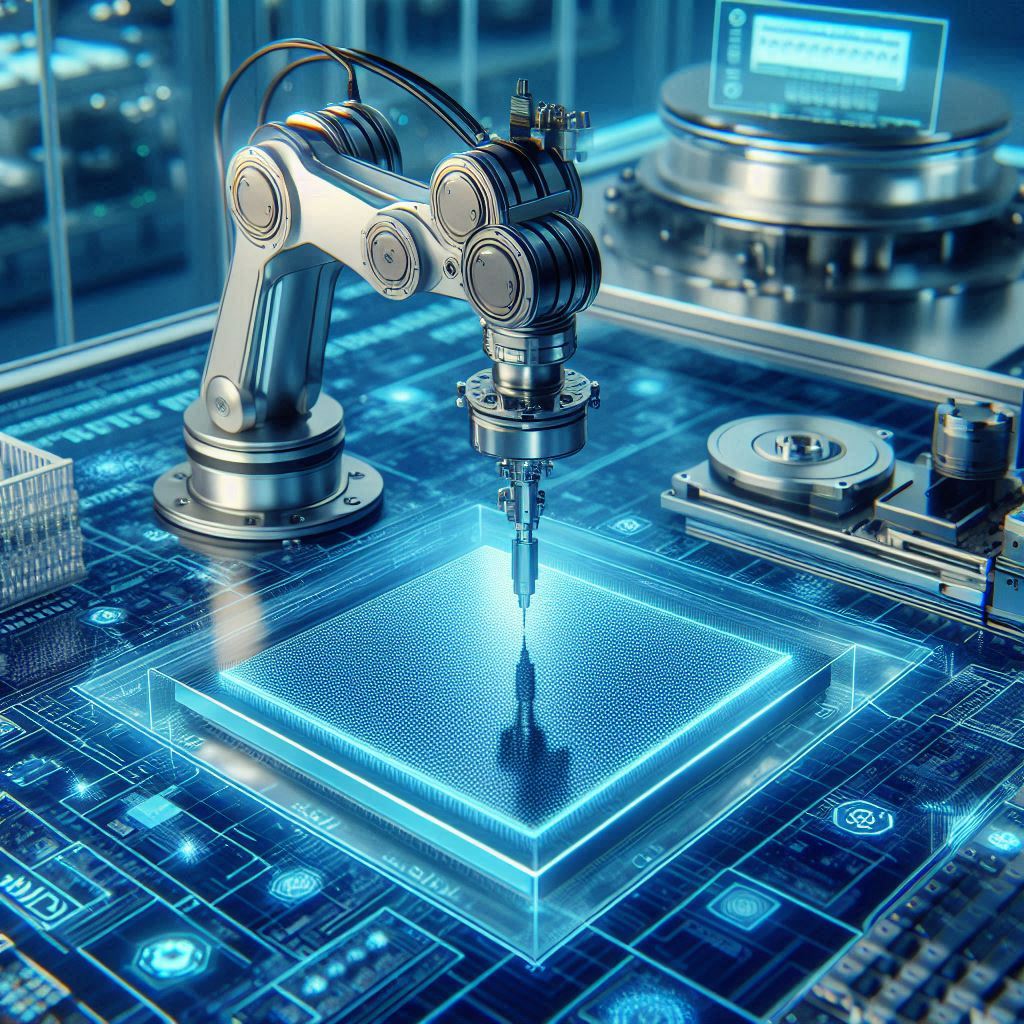
2. Friction Compensation: A Dynamic Battle Against Microscopic Resistance
Even the smoothest iron core linear motors can’t eliminate microscopic friction, much like how air resistance persists at any speed. Traditional solutions, akin to "applying grease periodically," only address friction at fixed speeds. But real-time friction compensation algorithms operate like a "nanoscale combat system," achieving precision through three steps:
Step 1: Building a "Friction Fingerprint" Database
The algorithm starts by "scanning" the motor under different speeds and temperatures to measure friction coefficients in guides and bearings. This creates a "friction map" with tens of thousands of data points. For instance, at 50kg load and 0.5m/s speed, friction might be 2.3N, but it nonlinearly jumps to 5.8N at 2m/s.
Step 2: Real-Time Counterforce Injection
In linear motor applications like laser cutting, when the motor suddenly accelerates from rest to high speed, the system pulls data from the "friction map" and delivers a compensating thrust. Think of it as equipping a snowboard with "smart wax"—the system automatically sprays lubricant when the board slows in powdery snow but switches to grip mode on icy surfaces.
Step 3: Self-Learning Error Correction
Advanced systems even feature a "friction detective" mode. If a 0.2-micron position error persists after compensation, the algorithm investigates: Is the guide rail worn? Did temperature change the lubricant’s viscosity? It then updates the "friction map" to align with reality. This technology enables modern linear motors to achieve ±0.1-micron repeatability—equivalent to 1/1000th of a human hair’s width.
3. Resonance Suppression: How Algorithms "Tame" Invisible Vibrations
High-speed motion in ironless linear motors (known for their lightweight design) can trigger vibrations akin to a tuning fork humming at specific frequencies. These vibrations aren’t just annoying—they can derail precision in linear motor applications like 3D printing or optical alignment. Here’s how resonance suppression works:
Step 1: Vibration "Fingerprinting"
Sensors embedded in the motor (e.g., accelerometers or laser displacement sensors) act like a "stethoscope," detecting vibration frequencies as subtle as 0.1 Hz. For example, a motor accelerating at 5 m/s² might resonate at 200 Hz, similar to a high-pitched whistle.
Step 2: Real-Time "Anti-Vibration" Waves
The servo drive’s algorithm analyzes these frequencies and generates counteracting electromagnetic forces. Imagine noise-canceling headphones, but instead of silencing sound, it neutralizes mechanical wobbles. In linear rotary motors used for robotic arms, this allows seamless transitions between rotating and linear motions without shaking.
Step 3: Adaptive Frequency Damping
Advanced systems go further. If a motor’s resonance shifts due to wear or temperature changes (e.g., from 200 Hz to 205 Hz), the algorithm automatically updates its suppression profile. This is critical for MRI machines, where even micron-level vibrations could blur medical images.
4. Thermal Drift Control: Outsmarting the "Invisible Enemy" of Heat
When a linear electric motor runs nonstop in automotive battery assembly lines, temperatures can soar to 80°C—enough to expand metal components by 5 microns, ruining alignment. Servo drives combat this with a two-pronged strategy:
1. Precision Thermal Mapping
Thermocouples or infrared sensors create a "heat map" of the motor and guides. For instance, coils near the mover might hit 75°C, while the rear bearings stay at 50°C. This data pinpoints where expansion is most likely.
2. Smart Power Redistribution
Algorithms reduce current to overheating coils (cutting heat generation) while boosting power to adjacent coils to maintain thrust. Think of it as a "relay race" where fresh runners take over when others tire. In high acceleration linear motors, this prevents thermal sag—a 10% temperature rise can otherwise cause 3-micron drift.
3. Material Intelligence
Some systems even predict expansion using material science models. For example, aluminum guides expand 23 µm per meter for every 10°C rise. By anticipating this, the algorithm adjusts positioning commands in advance, like a pilot correcting for crosswinds before landing.
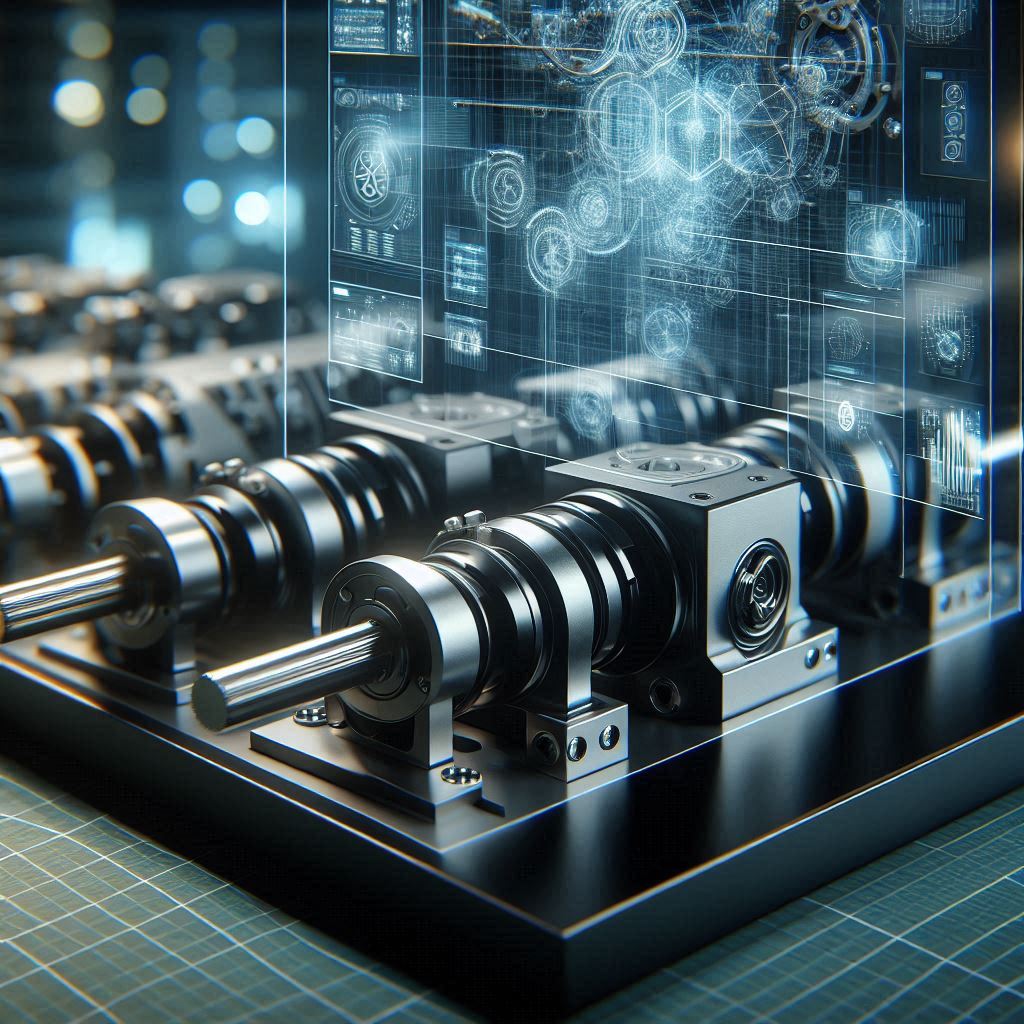
5. Disturbance Observer: The Silent Bodyguard of Precision
In chaotic environments like packaging machinery, linear actuators face unpredictable threats—a jammed conveyor belt adding 50kg of load instantly or a robotic gripper bumping into the mover. The disturbance observer acts as a 24/7 bodyguard:
How It Works
1. Force "Eavesdropping": Load cells or current sensors detect anomalies. If the motor’s current spikes by 15% (hinting at a collision), the system flags it within 0.001 seconds.
2. Instant Counterattack: The algorithm calculates the intruding force’s magnitude and direction, then commands the motor to generate an equal-and-opposite thrust.
3. Learning from Attacks: Over time, the system builds a "threat library." For instance, if a packaging line’s third station often causes shocks, the observer pre-arms countermeasures during that phase.
Real-World Impact
In semiconductor wafer handling, a sudden airflow disturbance could misalign a 12-inch wafer by 2 microns. The disturbance observer compensates in real time, ensuring placement accuracy within 0.3 microns—equivalent to adjusting a soccer ball’s trajectory mid-flight to hit a dime-sized target.
Why Do These Details Matter?
· In chip lithography, adaptive feedforward control allows lenses to make 1,000 micron-level jumps per second with less than 1 nanometer of error—like coaching an Olympic sprinter to land every step within ±0.1mm of the track markers.
· In titanium laser cutting, friction compensation limits tool vibration to 0.5 microns. Without it, smartphone metal frames would be scrapped due to jagged edges.
These algorithms transform linear motors from "strong but clumsy" machines into "thinking, evolving" artists of precision.Resonance suppression turns fragile high-speed systems into vibration-proof workhorses.Thermal drift control lets motors thrive in environments from Arctic labs to steel foundries.
Disturbance observers enable "self-healing" machines that adapt to real-world chaos.
Together, they transform servo drives from simple controllers into AI-powered guardians of micron-level perfection. Whether it’s a linear rotary motor in a spacecraft or an ironless linear motor in a DNA sequencer, these algorithms ensure that every move is calculated, compensated, and flawless.
Cooling Algorithms: Smarter Than a Fan
Traditional cooling relies on fans or liquid systems, but advanced servo drives go further. They use AI-based thermal models to predict heat buildup patterns and proactively adjust motor power distribution. For example, in iron core linear motors (common in heavy-duty presses), algorithms prioritize cooling for coils near high-stress areas, minimizing thermal expansion errors.
Why Linear Motor Advantages Matter in Automation
The combination of these algorithms enables linear electric motors to outperform traditional systems in three ways:
1. Zero Mechanical Play: Direct drive design skips gears/ball screws, avoiding backlash.
2. Sub-Micron Repeatability: Smart compensation handles friction, heat, and vibrations.
3. Ultra-Fast Response: Adaptive control allows accelerations over 10 Gs.
From wafer scanners in chip factories to MRI machine components, these innovations make linear motor applications the backbone of modern precision engineering.
Conclusion: Algorithms Are the New Mechanics
While linear actuators rely on electromagnetic principles, their true precision stems from the invisible world of adaptive algorithms. By mimicking human-like problem-solving—predicting, compensating, and learning—servo drives turn raw motion into micron-level artistry. Whether it’s an ironless linear motor for cleanroom robotics or a rugged linear rotary motor for aerospace, intelligence now drives industrial perfection.

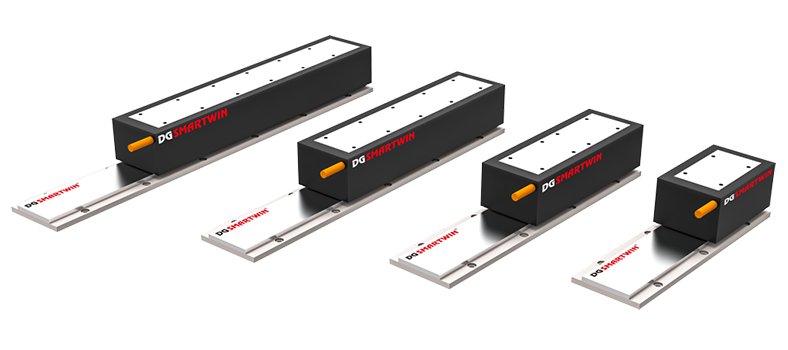
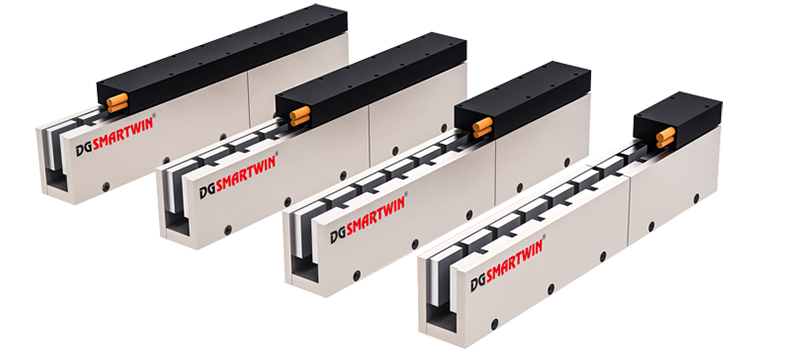
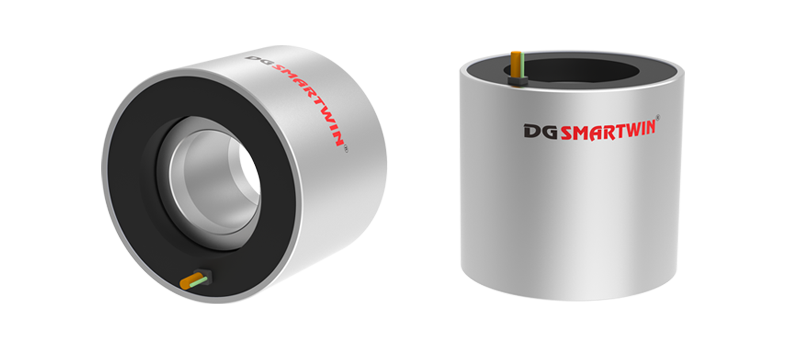
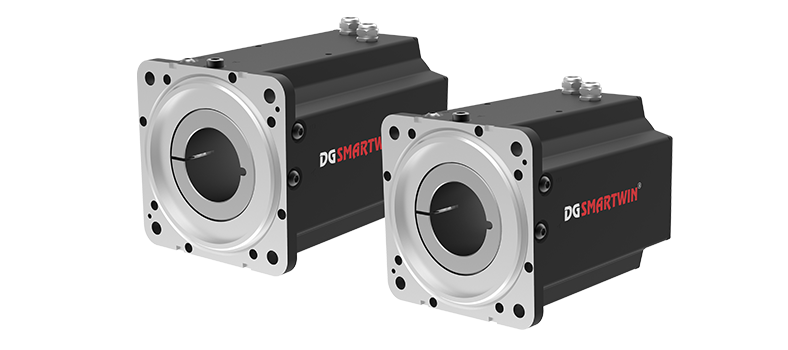
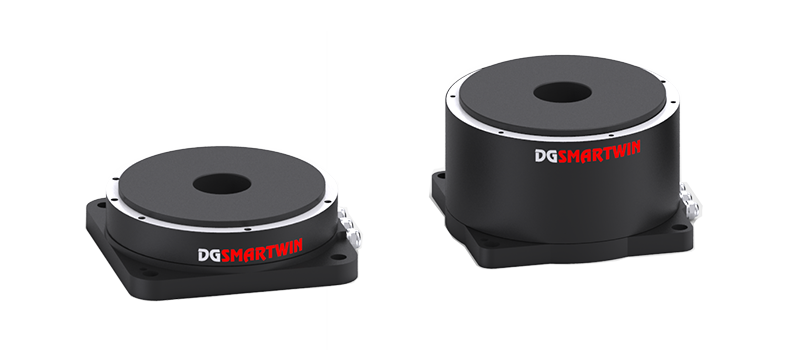
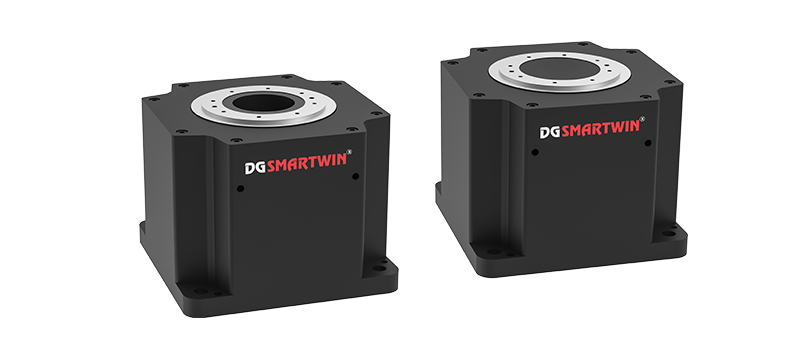
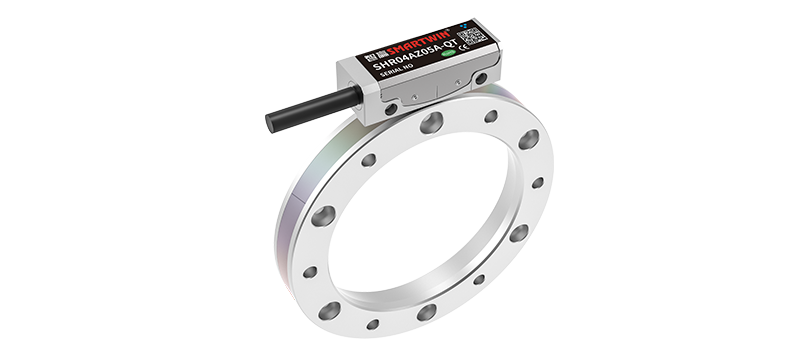
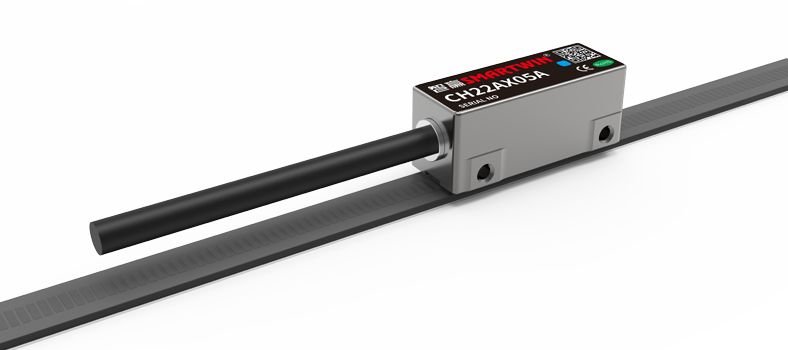








 En
En

